50 Years of Porsche 914
Probably, in the past 50 years everything, what there is to say about this sports car, has been written about the Porsche 914. Nevertheless, we would like to tell you a few anecdotes about this model, which went into production in 1969 as the first German mid-engined car. Meanwhile, this principle has been around for quite some time – also and especially at Porsche. After all, the very first sport car of the Zuffenhausen-based brand was the 356/1 Roadster from Gmünd/Austria with the engine directly behind the seats. Also with racing vehicles like the 550 Spyder, 718 RSK, 904 and so on they used the favorable weight distribution of this principle. But Porsche didn’t transfer it to street-legal production vehicles until 1969. To achieve this tranfer, a brand had to appear on the scene that would have a lasting influence on Porsche’s fate decades later – and which itself was founded by a certain Ferdinand Porsche: Volkswagen. In the mid-1960s, the company from Wolfsburg was looking for an adequate concept to replace the ageing large Karmann Ghia Type 34 on the basis of the VW Type 3. Finally, the then VW boss Heinrich Nordhoff and Ferry Porsche agreed by handshake to jointly develop a new sports car, as Porsche was looking for a passable entry-level model below the relatively expensive 911.
From the beginning it was clear that a jointly developed car would use the same bodywork, but would be sold separately by VW and Porsche dealers. Since they suspected a large spreading of the four-cylinder engine equipped VW offshoot, the development costs were to be recouped again over this variant, while the Porsche version represented a favorable possibility for the brand from Zuffenhausen to offer an entry-level car. As described there was originally only the handshake of the company bosses, which lead to the project threatened to collapse when Heinrich Nordhoff unexpectedly died in 1968. However, Ferry Porsche was able to work out a good solution with Kurt Lotz, the new VW boss. They founded the independent VW-Porsche Vertriebsgesellschaft based in Ludwigsburg/Germany. On the European market the car with four-cylinder engines was therefore marketed as a VW-Porsche, which was quickly abbreviated by car fans to ‘Volks-Porsche’ or ‘VoPo’. In North America, the 914 with every engine is known exclusively as a Porsche, which was sold through the combined dealer network of Audi and Porsche there. Karmann was contracted to produce the body in Osnabrück/Germany, while the Porsche versions were then completed in Zuffenhausen.
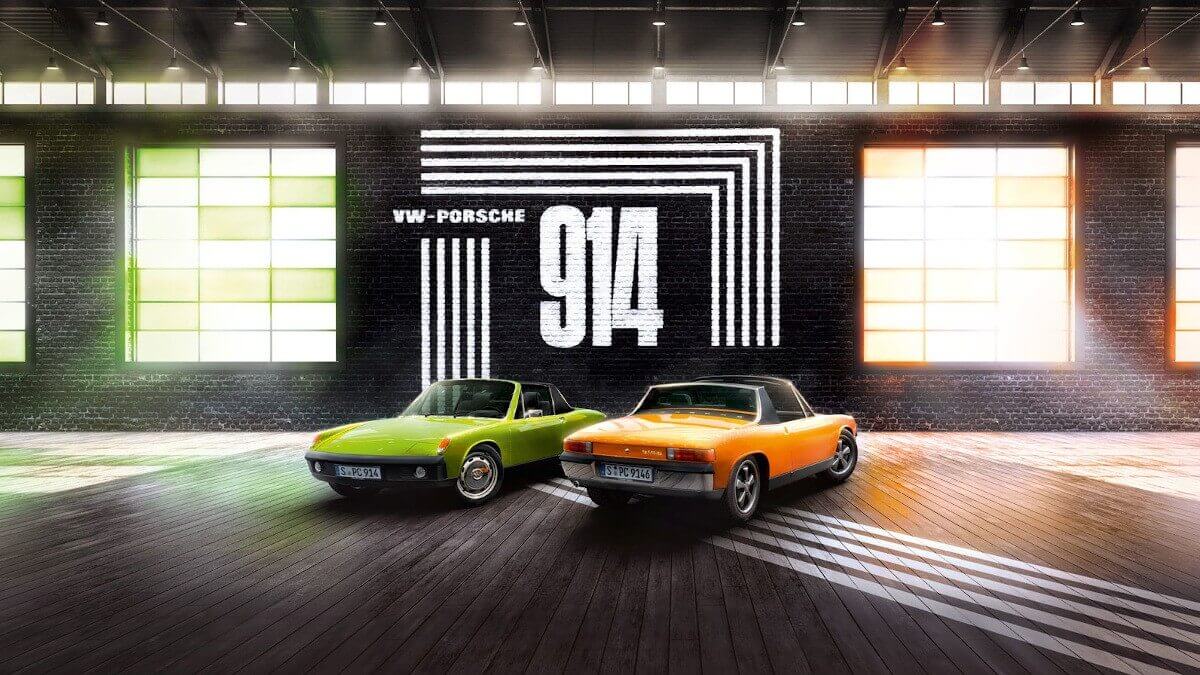



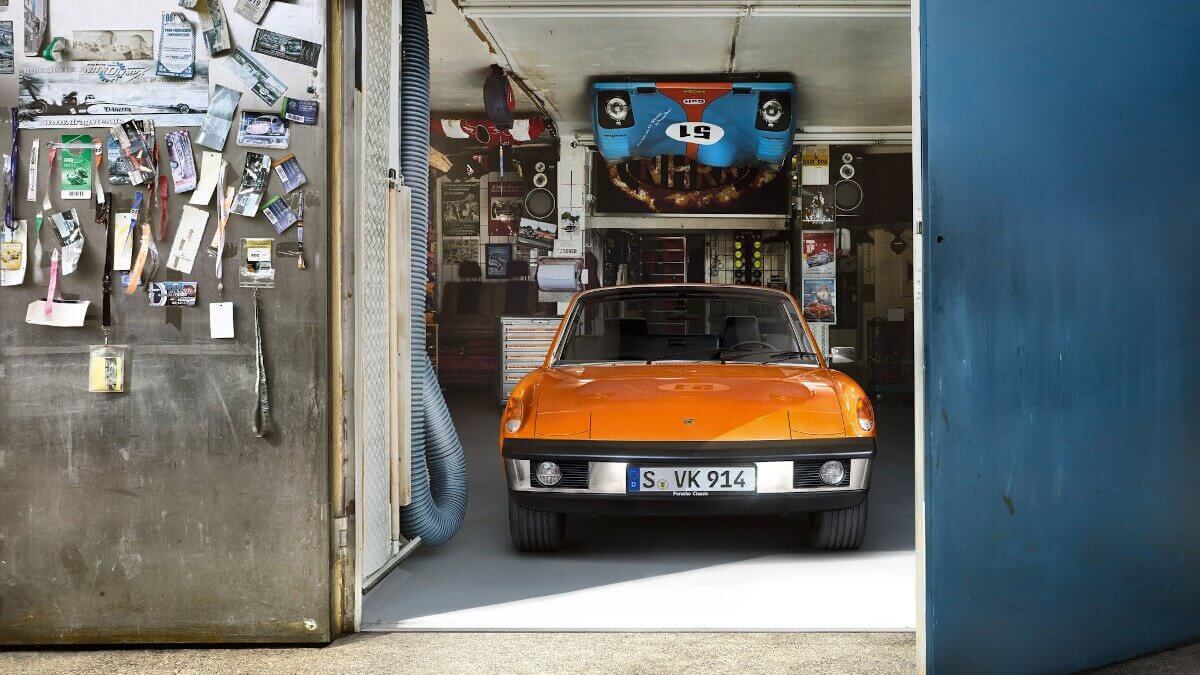



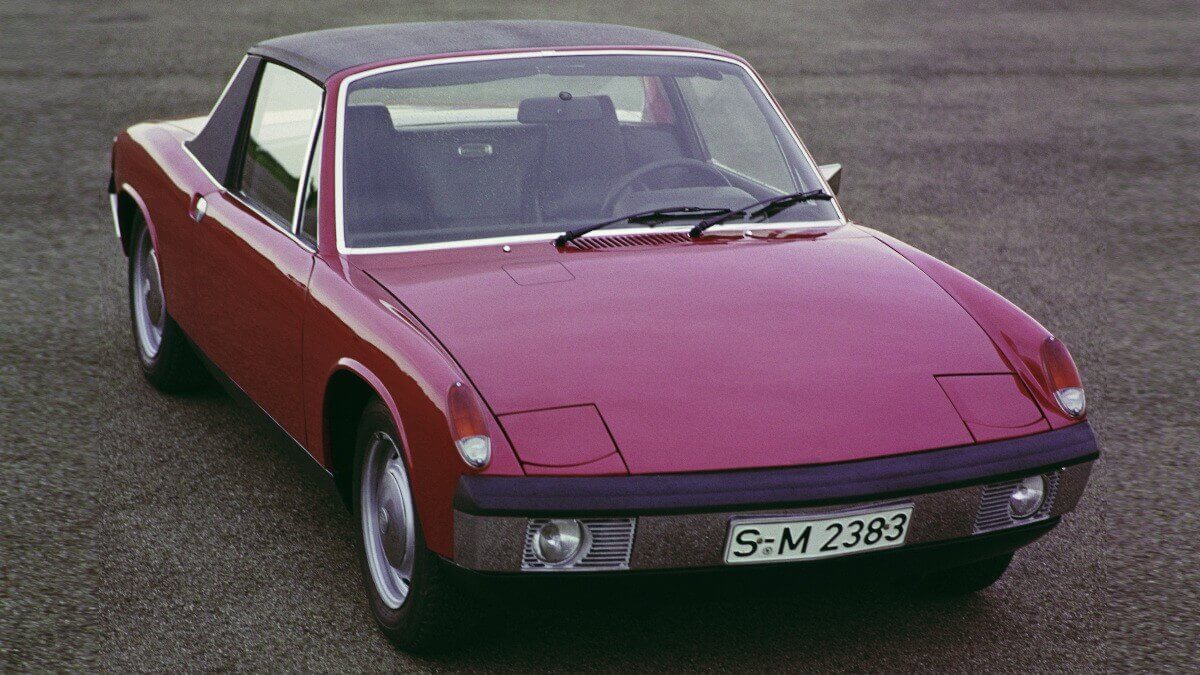



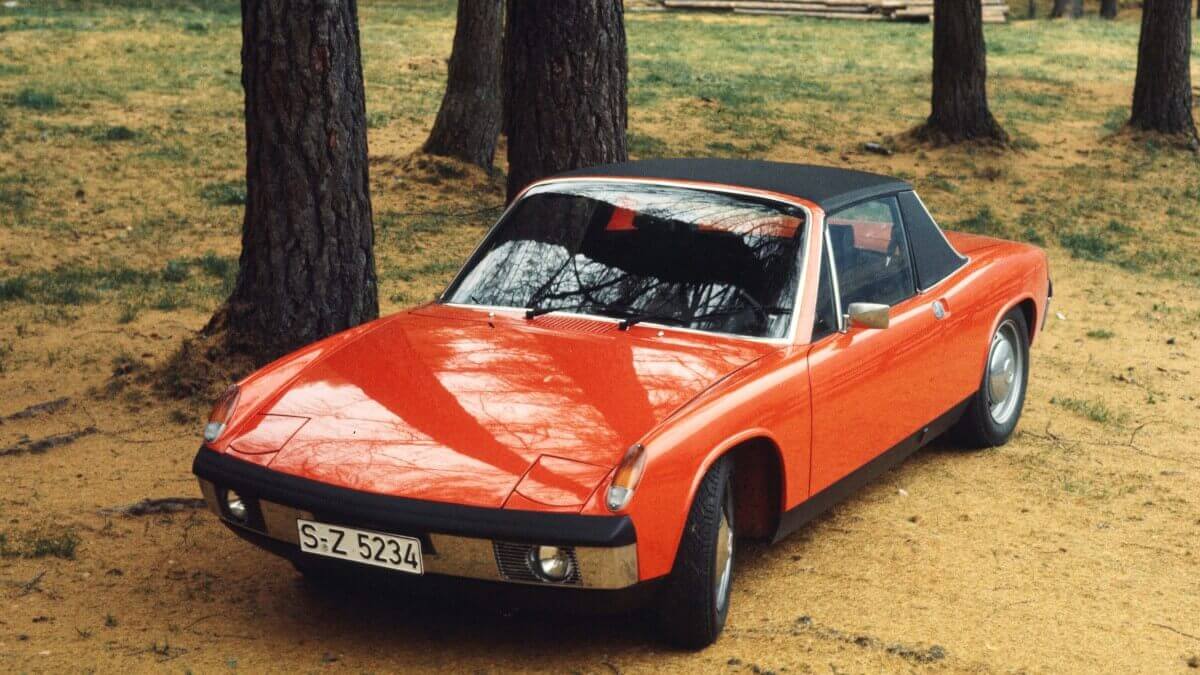



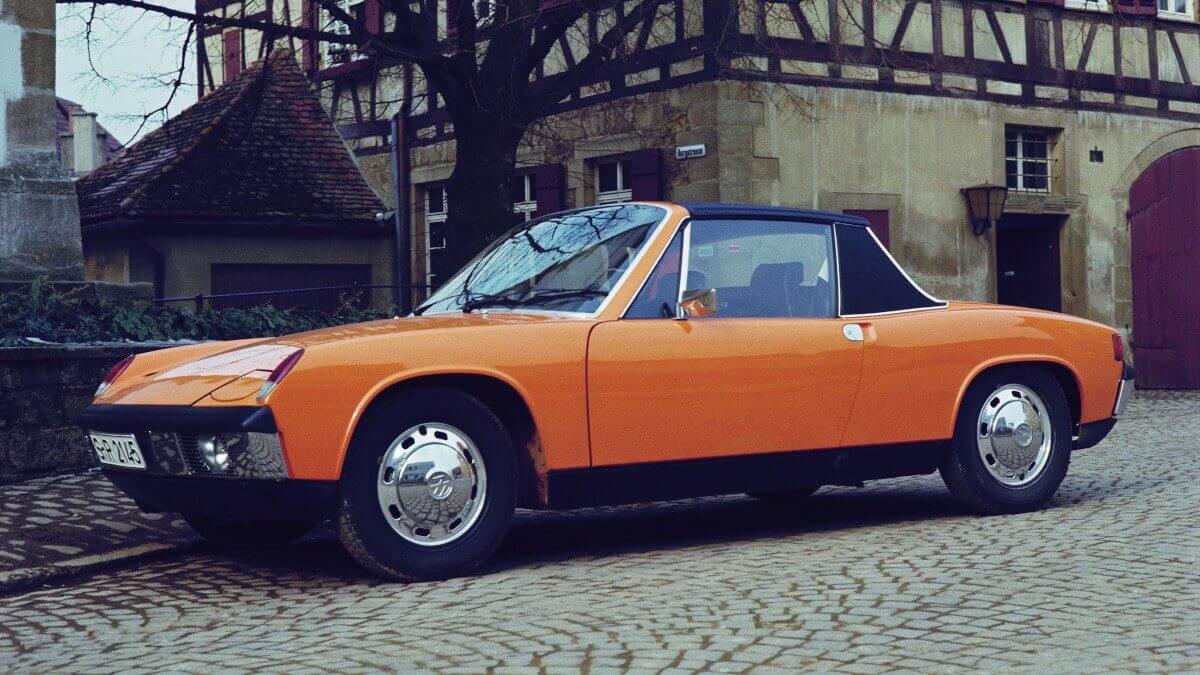



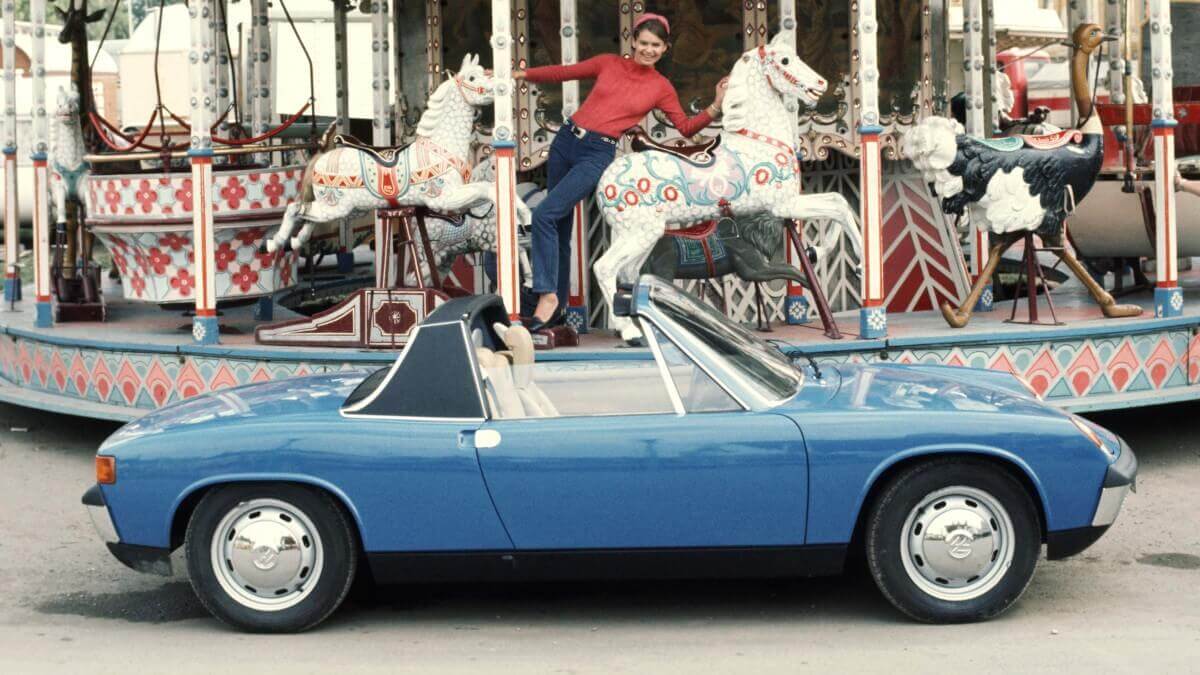



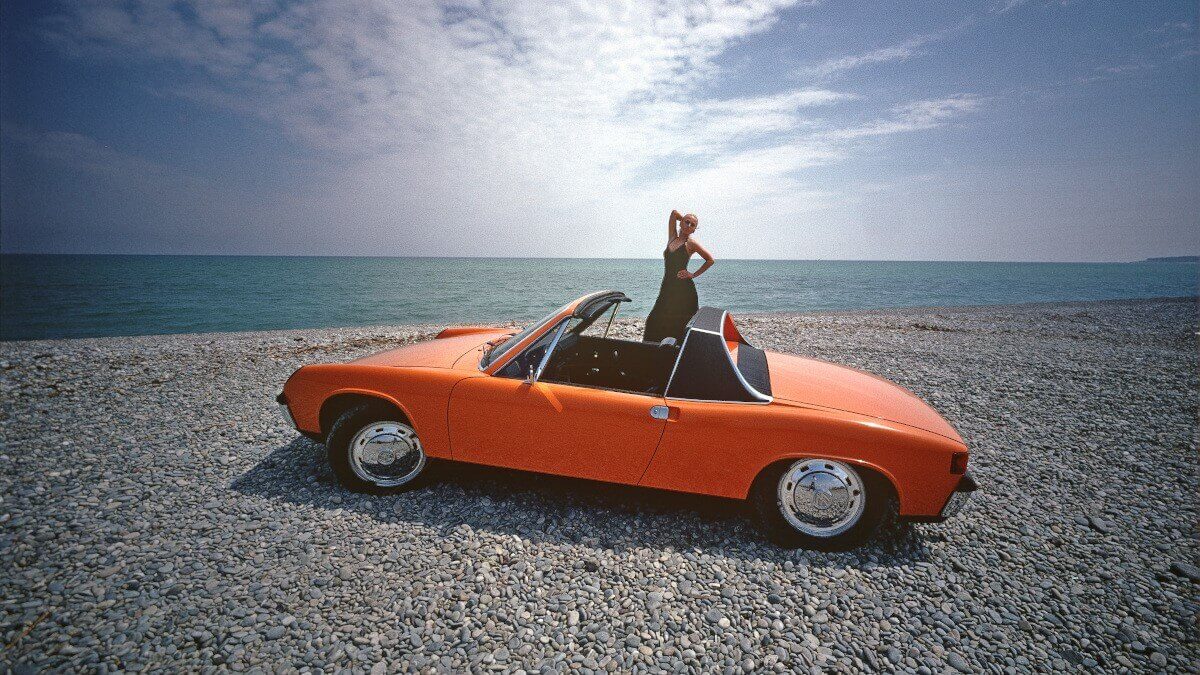



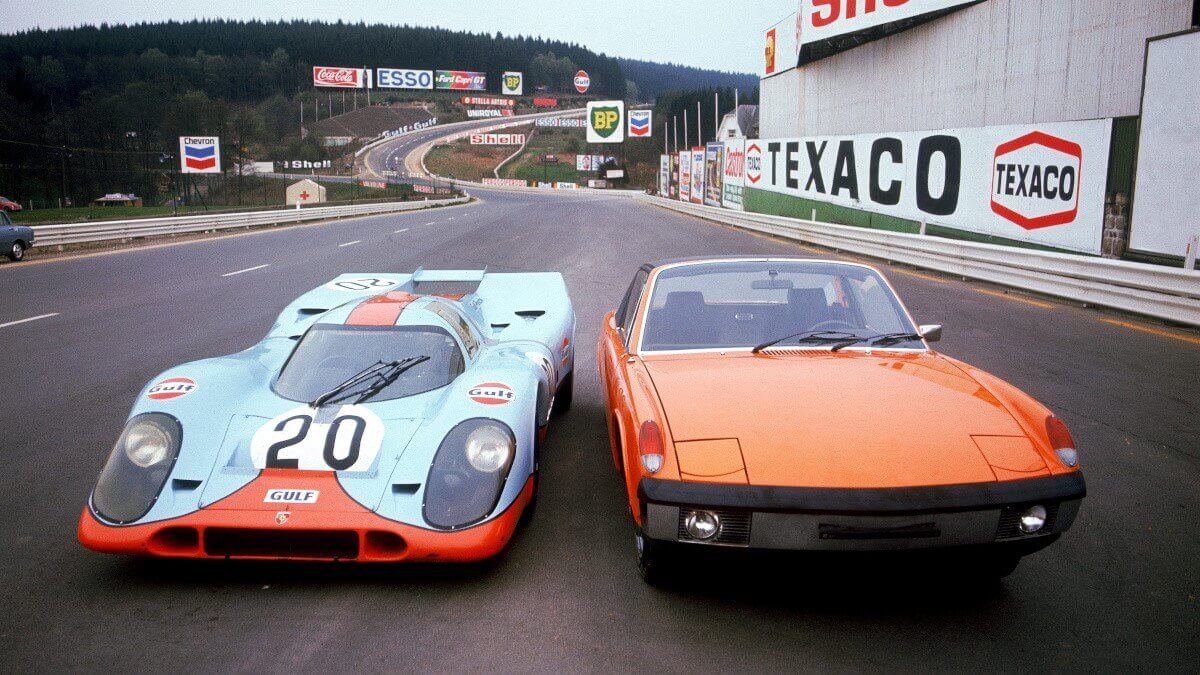



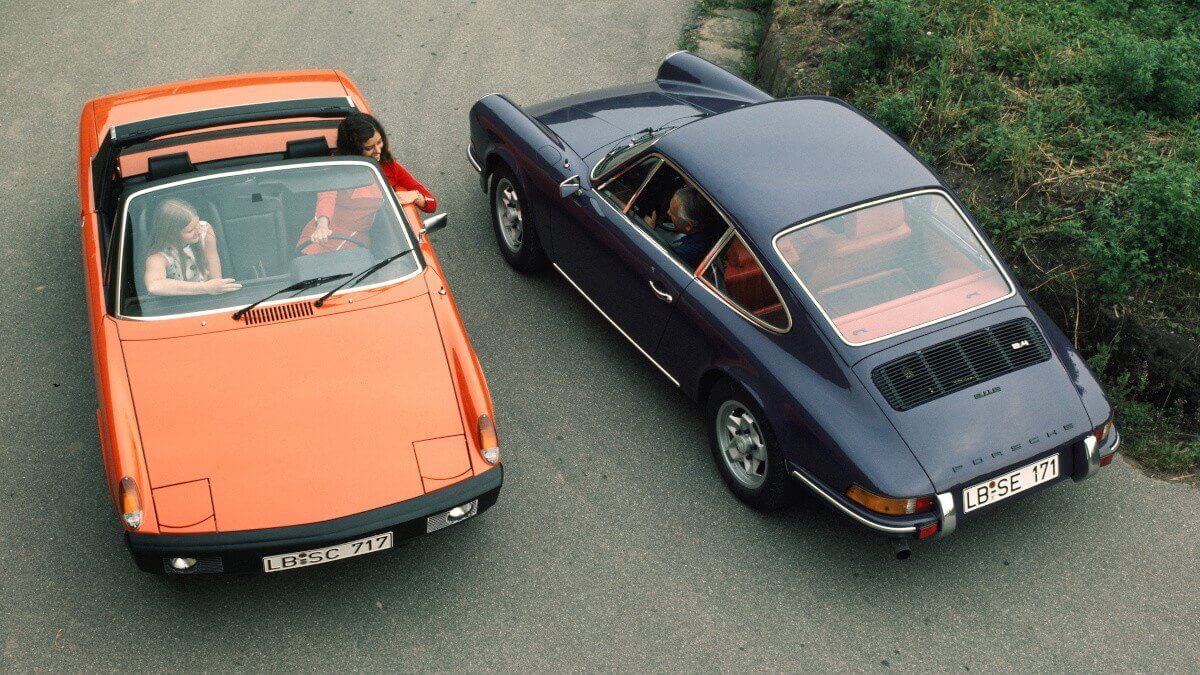







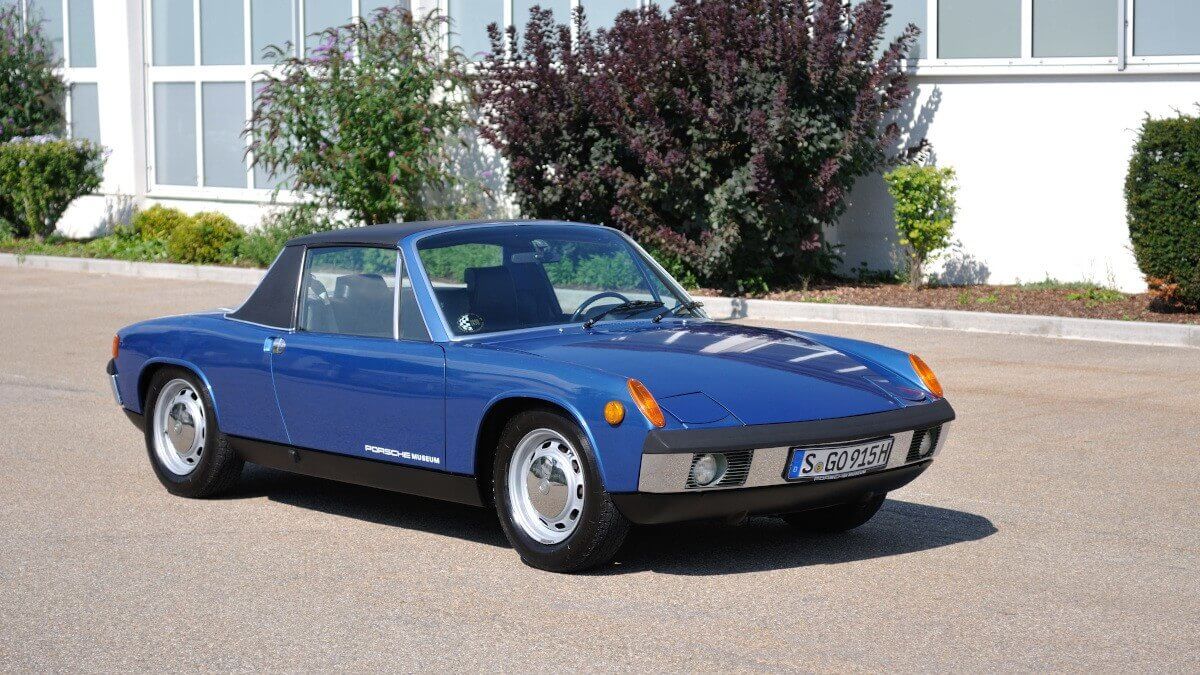



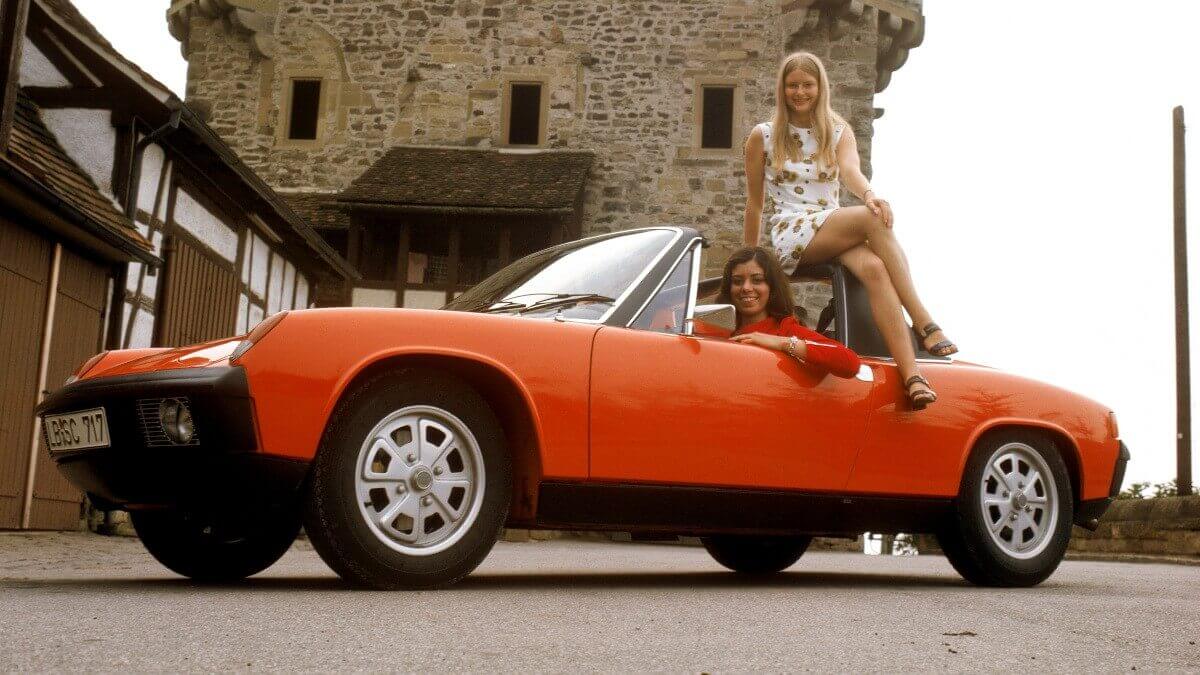







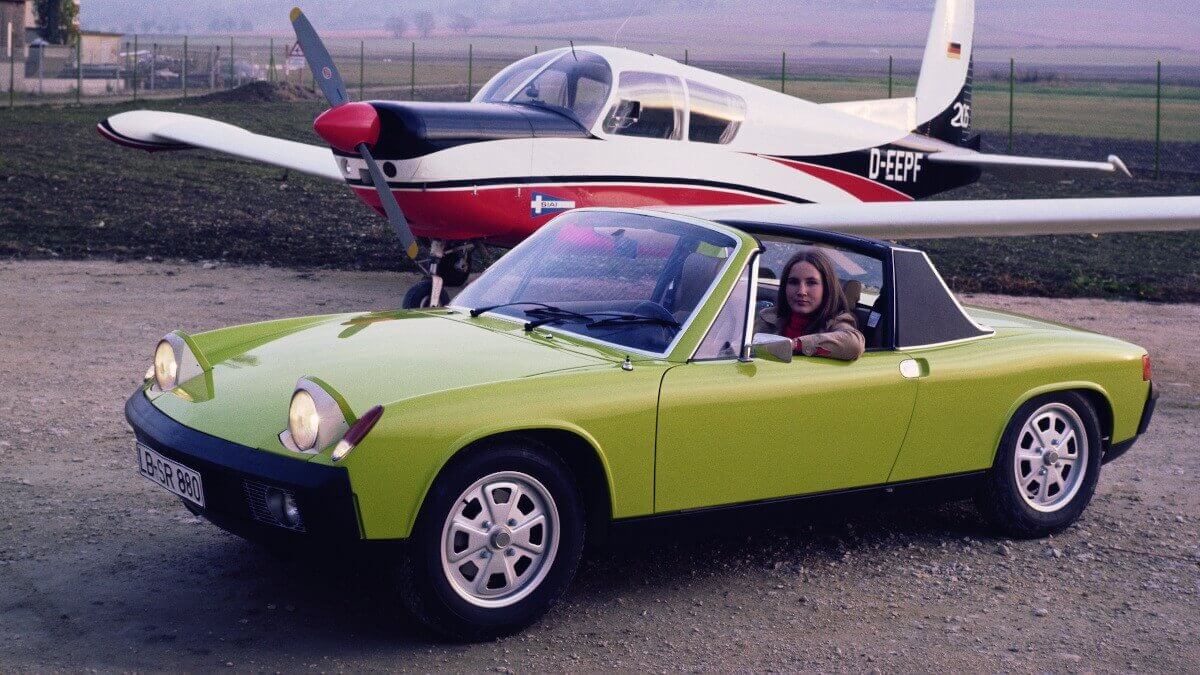



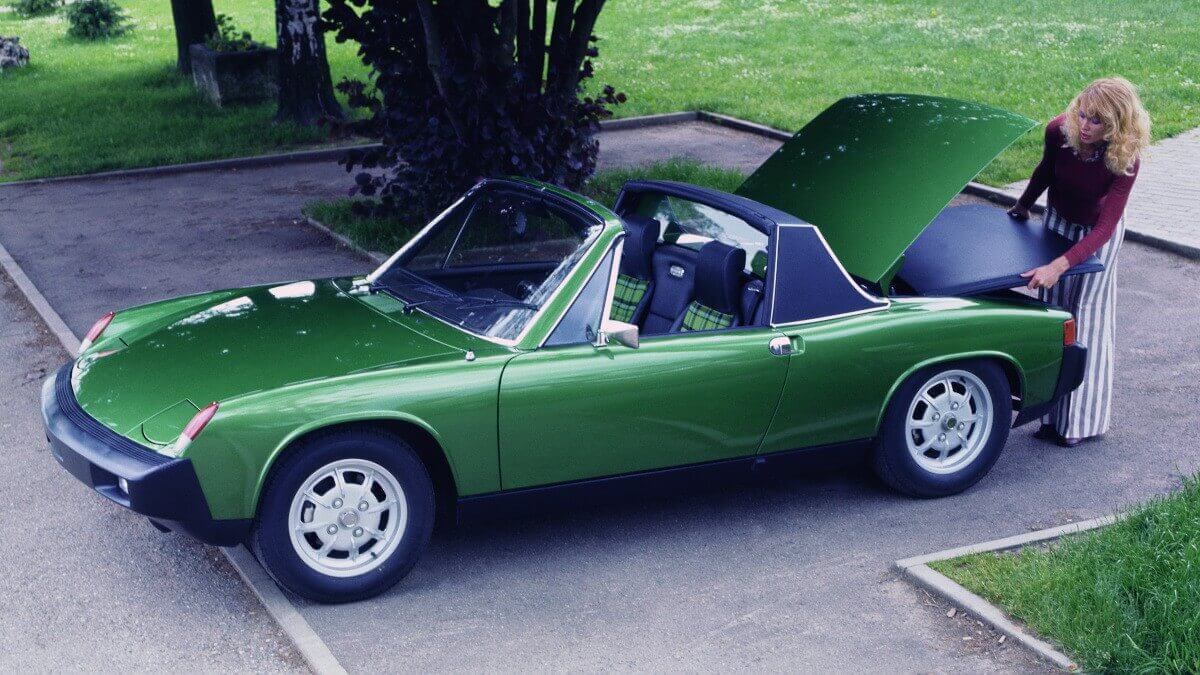



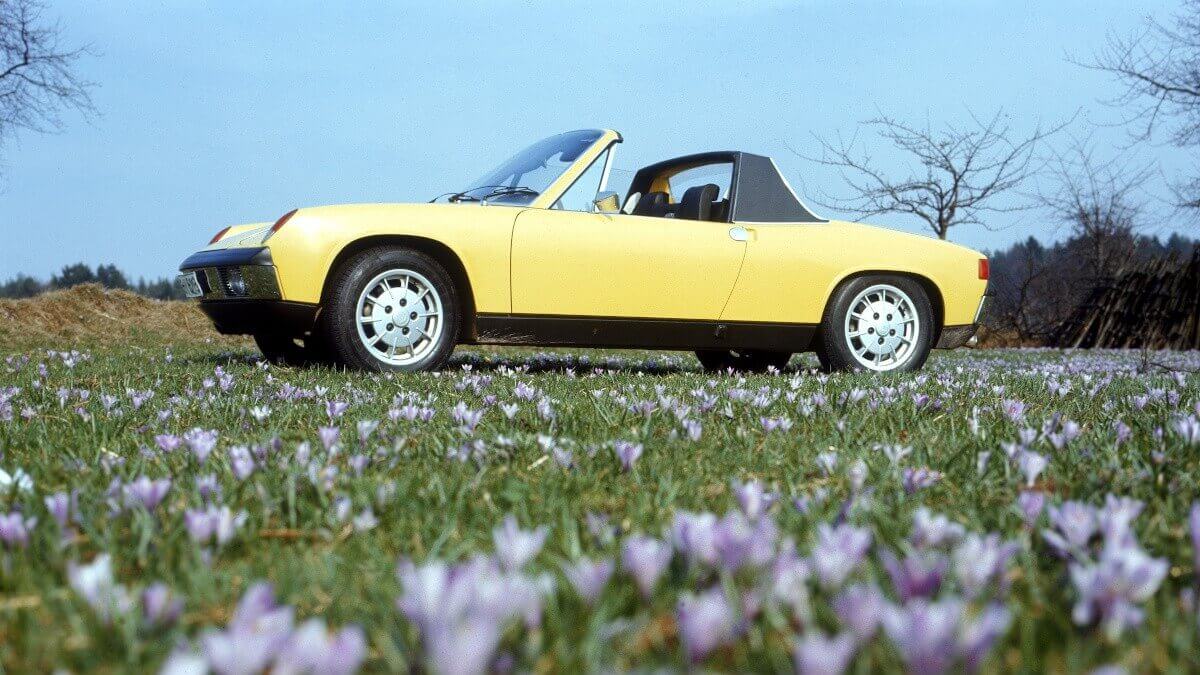



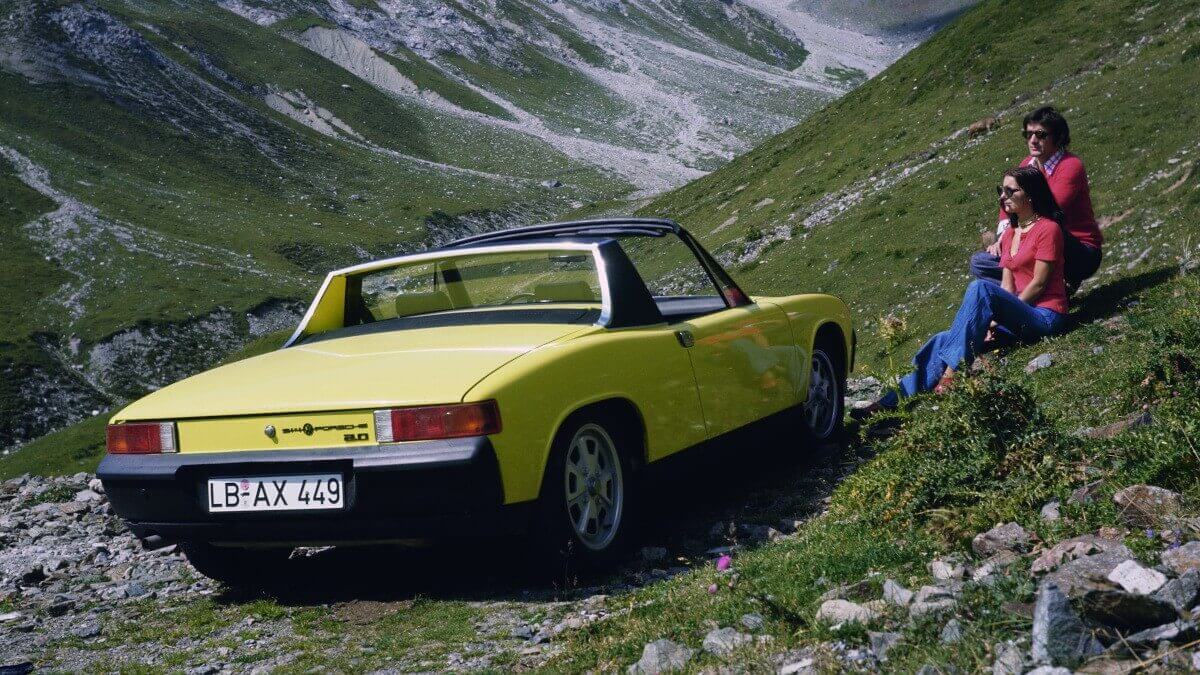



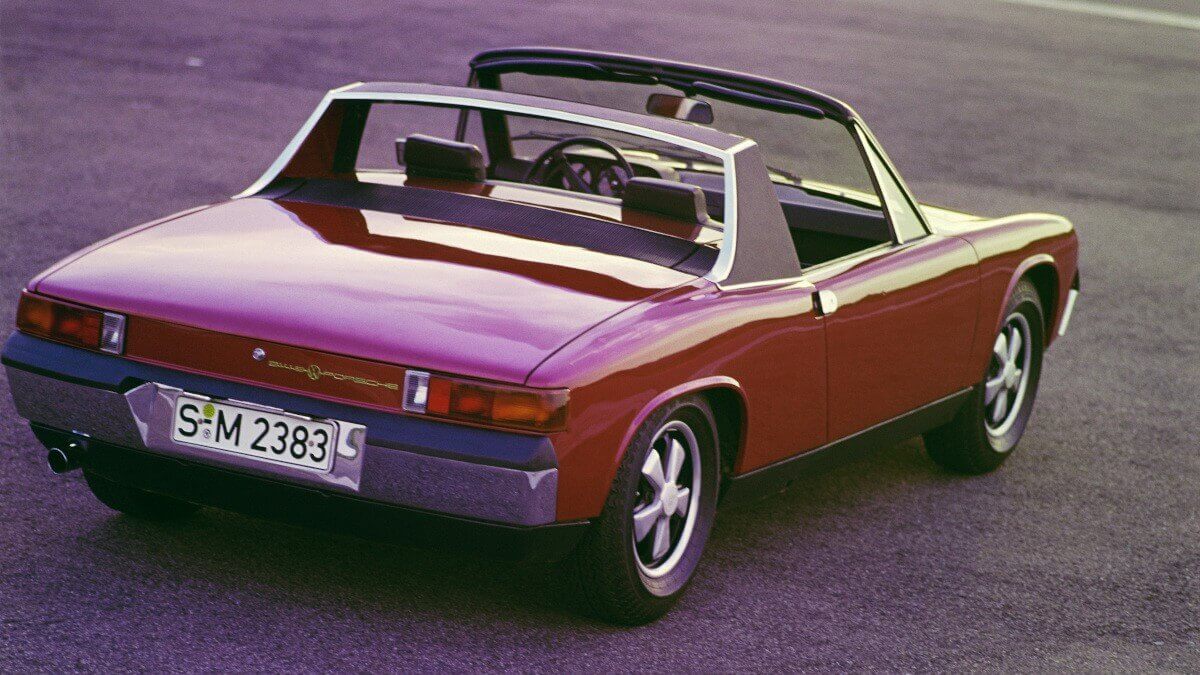







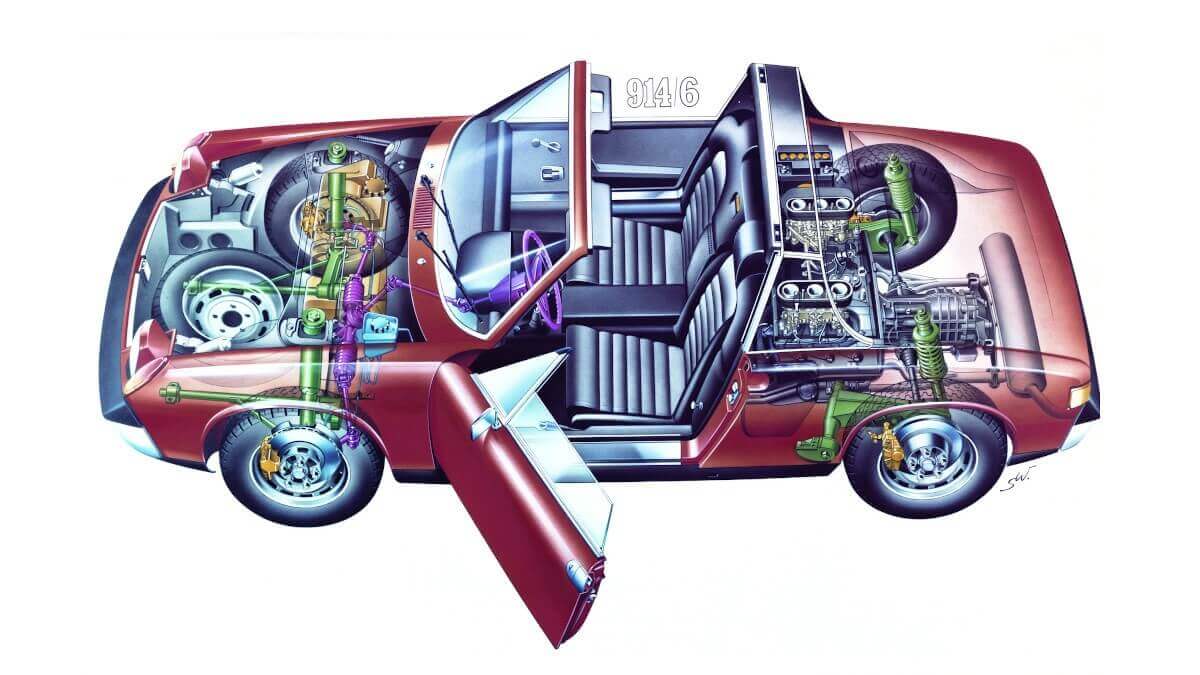



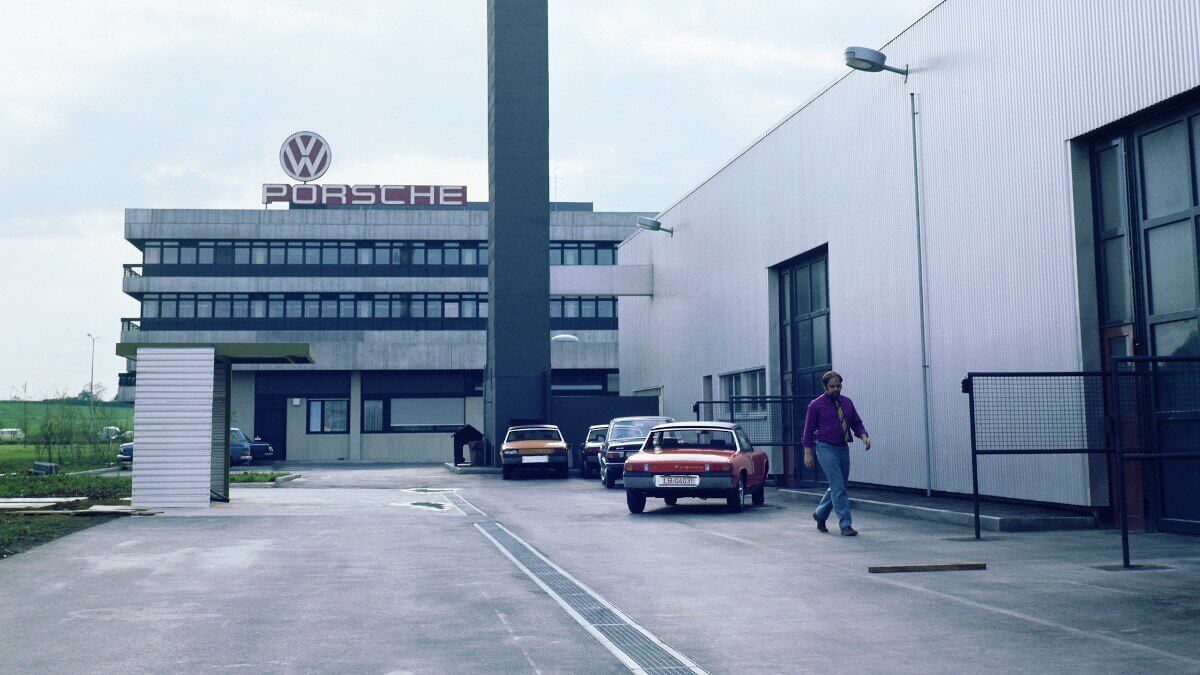



For its market launch in autumn 1969, the 914 appeared as a VW-Porsche with a 1.7-liter, 59 kW/80 hp four-cylinder engine from the Volkswagen 411 E. In parallel, there was the Porsche 914/6 with the six-cylinder boxer engine from the 911 T with 81 kW/110 hp. The latter cost at least 19,980 DM in Germany and was thus only slightly cheaper than the 911 T with 125 hp and a basic price of 23,199 DM. Accordingly, few customers were enthusiastic about the two-seater mid-engined sports car. After only 3,353 units, production of the 914/6 was discontinued at the end of the 1972 model year. Previously Porsche had also offered the variant 914/6 R, better known as 914/6 GT, for motorsports and the M471 equipment option for the normal street version, which contained wider steel fenders which were mounted to the GT ex works. Also a few vehicles left the factory with the semi-automatic Sportomatic gearbox. Such a car won the 1970 Marathon de la Route, an 84-hour race at the Nürburgring.
After Porsche had withdrawn its own model from the range, Volkswagen extended their range by a two-liter four-cylinder engine with 74 kW/100 hp. At the same time, the name was changed to VW-Porsche 914 1.7 and VW-Porsche 914 2.0. From August 1972, the beginning of the 1973 modelyear, they introduced a 1.8-liter engine from the Volkswagen 412 S as a replacement for the previous 1.7-liter engine. The new 914 1.8 was available in Europe with Solex carburettors and 63 kW/85 hp, while the output of the North American version was only 56 kW/76 hp thanks to an L-Jetronic injection system. The last units rolled off the assembly line in 1976 and increased the total production volume of the VW-Porsche to 115,631.
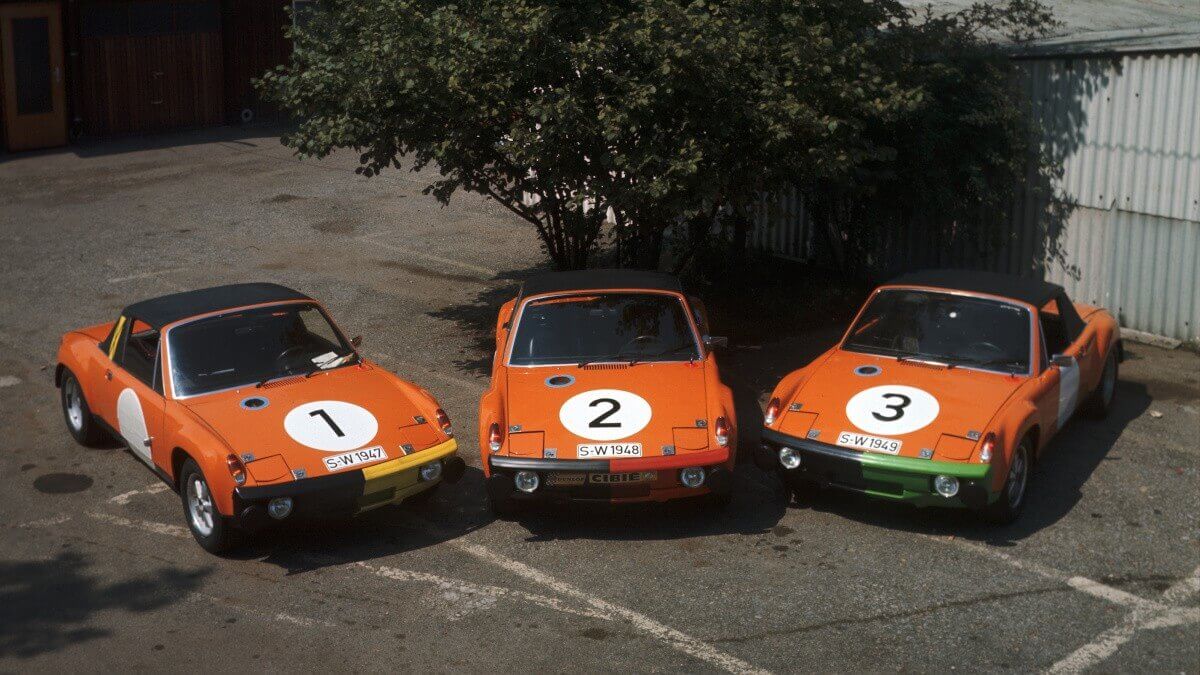











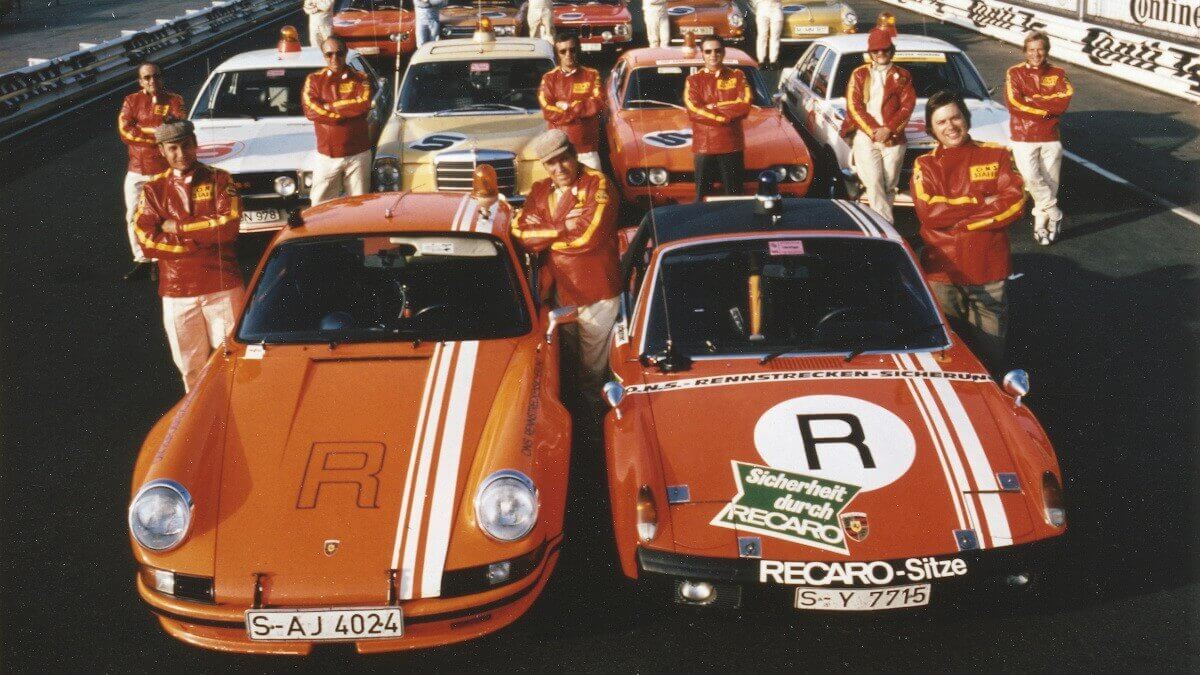







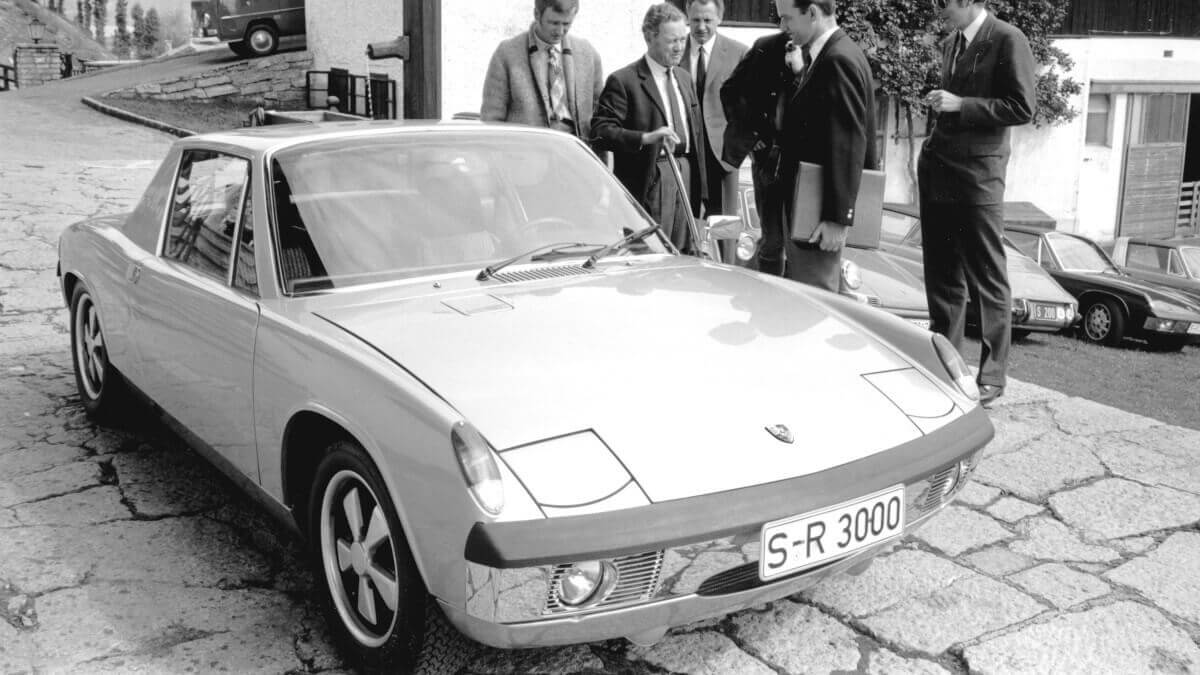



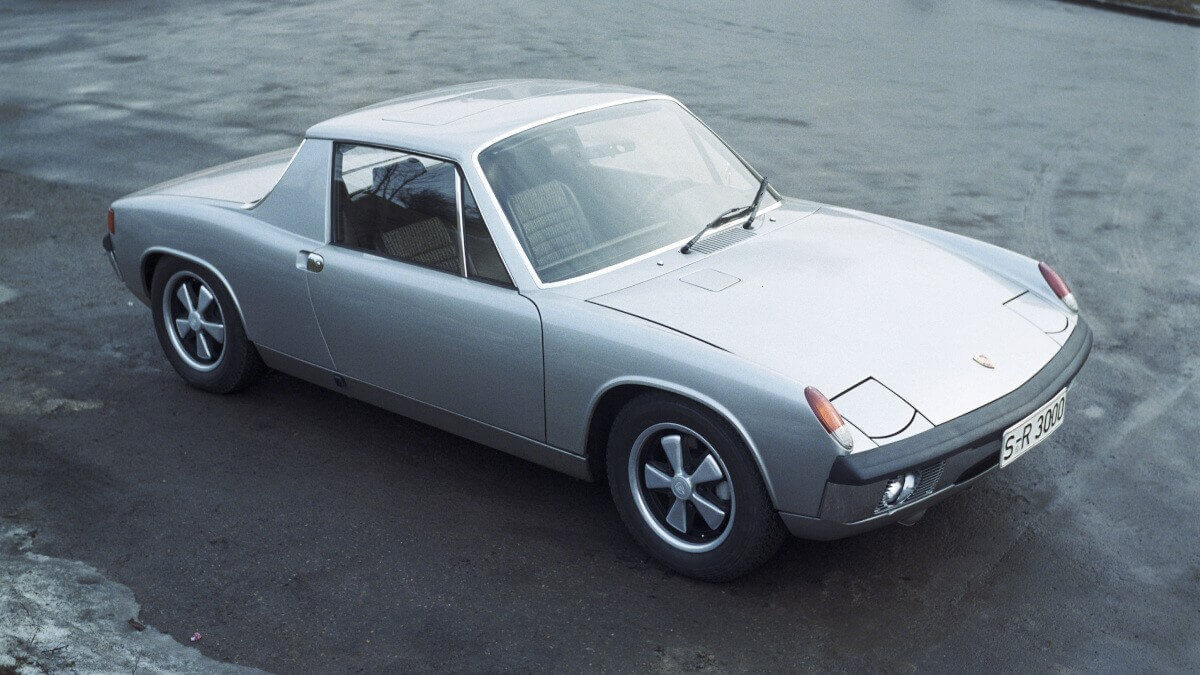



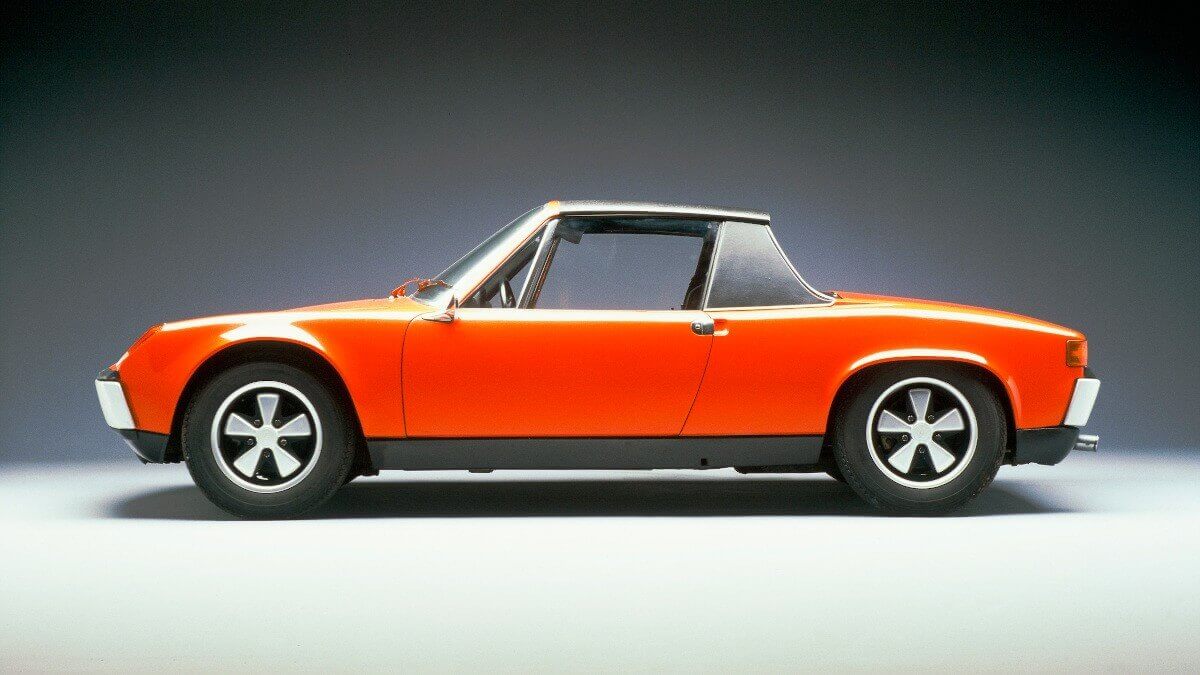



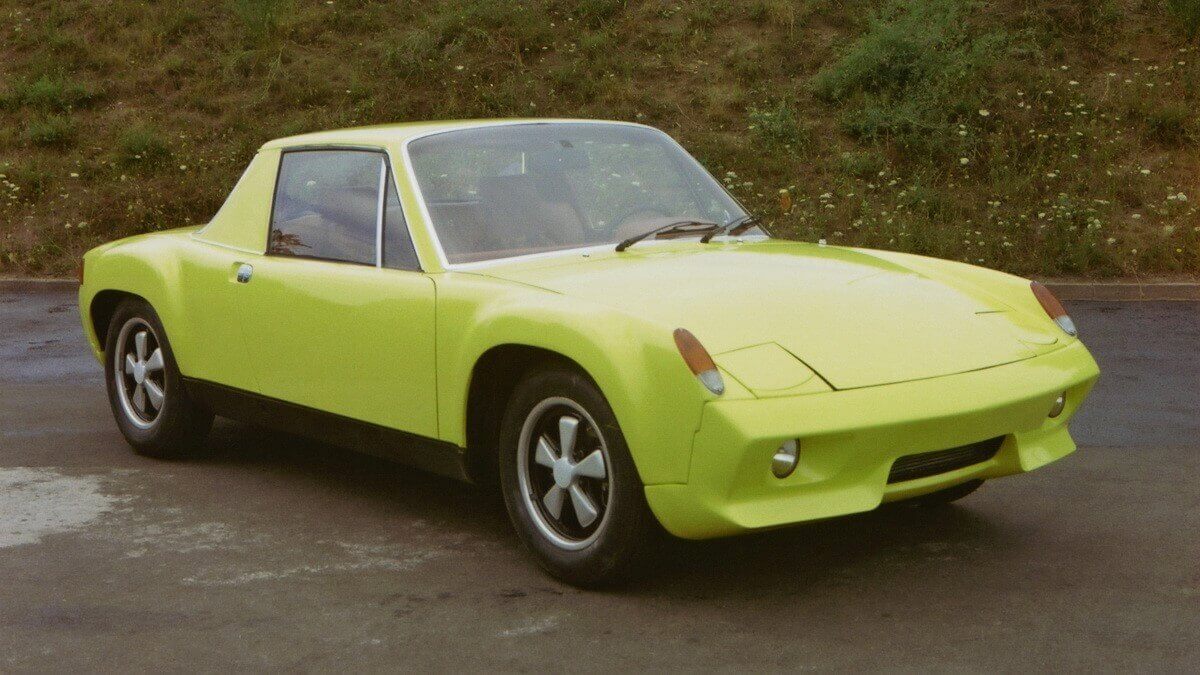







During production of the 914/6, Porsche was already thinking about a more powerful version, which was to be included into the model range as the 916. In the end it remained with only eleven prototypes, also by the low sales figures of the 914/6. Those eleven cars corresponded all from the outside to 914/6 GT. However, all 916s have a firmly welded metal roof instead of the Targa roof otherwise known from the 914. Technically the 916s differed seriously, as all used different engines from the 911 program.
Can it be even more powerful? Gladly. Porsche manufactured a 914 with the eight-cylinder boxer engine from the 908 racecar on behalf of Ferdinand Piëch, then head of the development department. The 300 hp car also received wider headlights and a red paint job. A short time later, a somewhat domesticated, silver-painted version with around 260 hp was produced as a gift for Ferry Porsche’s 60th birthday. These vehicles are listed in the literature as either 914 S or 914/8 and today both belong to the collection of the Porsche Museum in Stuttgart Zuffenhausen. Albrecht Graf Goertz and the French coachbuilder Heuliez each created their own designs based on a Porsche 914.
Images: Porsche




